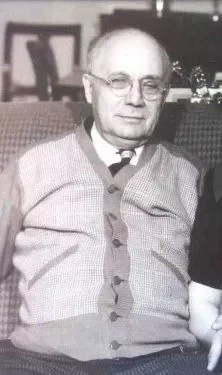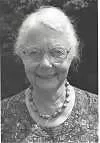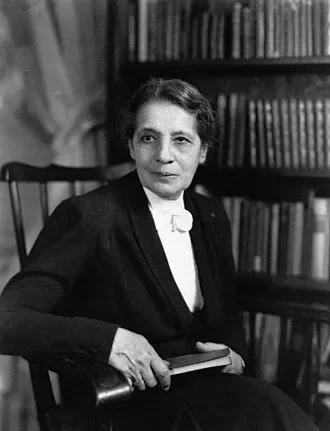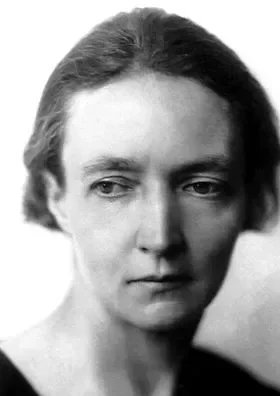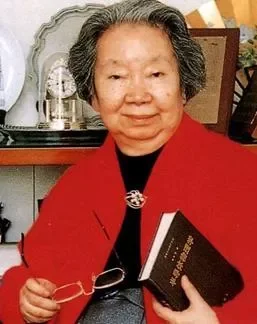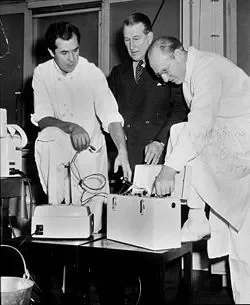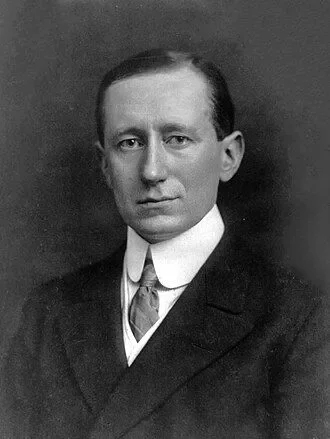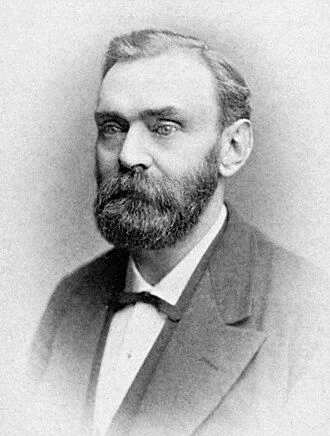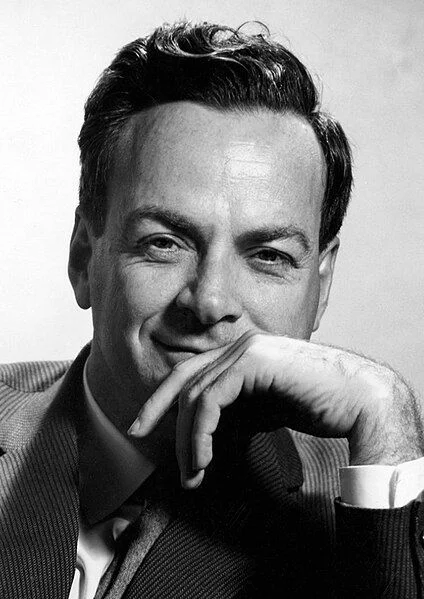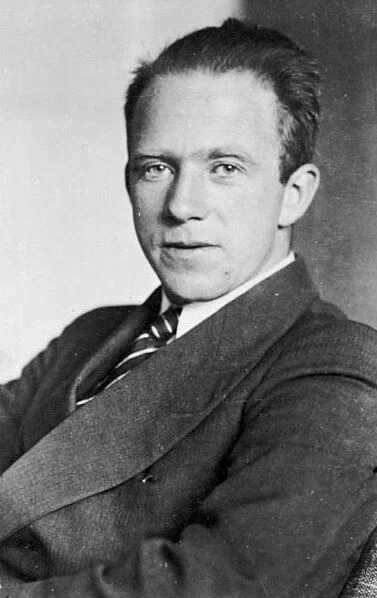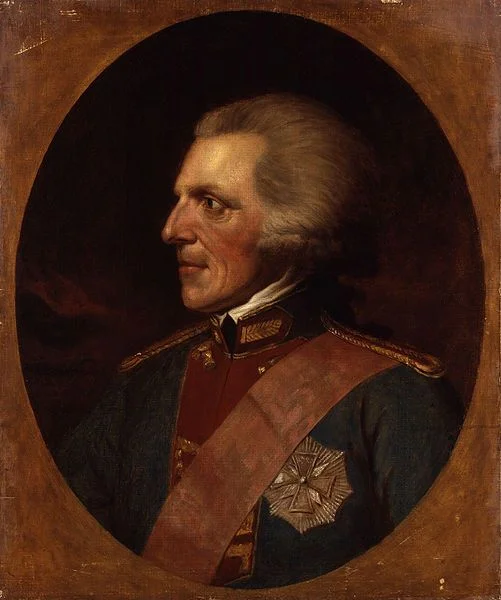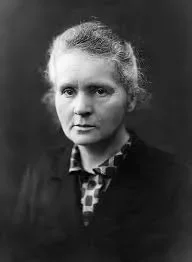Real Celebrities Never Die!
OR
Search For Past Celebrities Whose Birthday You Share

source:wikimedia.org
William Shockley
Birthday:
13 Feb, 1910
Date of Death:
12 Aug, 1989
Cause of death:
Unknown
Nationality:
American
Famous As:
Eugenicist
Age at the time of death:
79
Early Life
William Shockley was a pioneering physicist and inventor whose work in semiconductor technology played a pivotal role in the development of the modern electronics industry. His contributions to the invention of the transistor helped lay the foundation for Silicon Valley, transforming the way the world interacts with technology. However, his later years were marred by controversy due to his outspoken and widely condemned views on race and intelligence.
Born in 1910 to American parents in London, Shockley moved to California at the age of three. A brilliant student, he pursued physics at Caltech before earning his Ph.D. from MIT. In 1936, he joined Bell Labs, where he immersed himself in semiconductor research and solid-state physics. During World War II, he served as a research director for the U.S. Navy, working on antisubmarine warfare operations.
Career
After the war, Shockley returned to Bell Labs, leading a team that included John Bardeen and Walter Brattain. Their groundbreaking work led to the invention of the transistor, first with the point-contact transistor in 1947 and then the junction transistor in 1948. This innovation revolutionized electronics and computing, earning Shockley, Bardeen, and Brattain the Nobel Prize in Physics in 1956.
That same year, Shockley left Bell Labs to establish Shockley Semiconductor Laboratory in Mountain View, California. His goal was to commercialize a new four-layer diode transistor, but his rigid leadership style and difficult personality created tensions within his team. Many of his top engineers, frustrated with his management, left to form Fairchild Semiconductor—a company that became instrumental in the rise of Silicon Valley.
Transition to Academia
Following his struggles in the business world, Shockley transitioned to academia, becoming a professor of engineering at Stanford University. While he continued researching semiconductors, his later years became overshadowed by his advocacy of eugenics. He promoted the controversial and widely discredited idea that intelligence was primarily determined by genetics and argued for policies aimed at reducing fertility among those with lower IQ scores. His public statements, particularly his racially biased views, sparked widespread condemnation from scientists, civil rights activists, and the general public.
William Shockley's Quote's
Personal Life
While still at school and young, Shockley married his first wife, Jean Bailey, in 1933. They had three children before they separated in 1953.
Two years later, Shockley remarried Emily Lanning, a psychiatric nurse, in 1955 and she helped him with some of his theories.
Legacy
Despite his undeniable contributions to technology, Shockley’s legacy remains deeply complicated. He died in 1989 in Palo Alto, California, leaving behind a history of scientific brilliance intertwined with controversy. His work helped shape the modern digital world, but his divisive beliefs cast a long shadow over his reputation.
Name:
William Shockley
Popular Name:
William Shockley
Gender:
Male
Cause of Death:
Unknown
Spouse:
Place of Birth:
London, England, UK
Place of Death:
Stanford, California, US
Occupation / Profession:
William Shockley co-invented the transistor.
He founded the first semiconductor company in Silicon Valley called Shockley Semiconductor Laboratory.
Despite his achievements, Shockley's reputation suffered due to his controversial beliefs.
He was a strong advocate for eugenics and promoted selective breeding to improve human genetics. Shockley believed that certain racial groups were genetically inferior to others.
He was awarded the IEEE Medal of Honor in 1980.
Shockley was awarded the Medal for Merit in 1945
He won the Wilhelm Exner Medal in 1963
He won the Morris Liebmann Memorial Prize in 1952
He won the Comstock Prize in Physics in 1953. He won the Nobel Prize in Physics in 1953
He was awarded the Holley Medal in 1963
